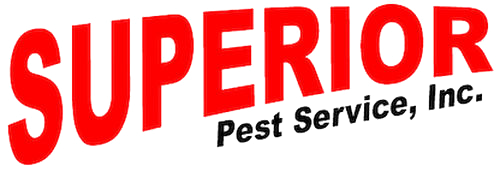What is IPM?
Integrated Pest Management (IPM) is an effective and environmentally sensitive approach to pest management that relies on a combination of common-sense practices. IPM programs use current, comprehensive information on the life cycles of pests and their interaction with the environment. This information, in combination with available pest control methods, is used to manage pest damage by the most economical means, and with the least possible hazard to people, property, and the environment.
The IPM approach can be applied to both agricultural and non-agricultural settings, such as the home, garden, and workplace. IPM takes advantage of all appropriate pest management options including, but not limited to, the judicious use of pesticides.
How Does IPM Work?
IPM is not a single pest control method but, rather, a series of pest management evaluations, decisions and controls. In practicing IPM, pest control companies follow a four-tiered approach. The four steps include:
- Set Action Thresholds – Before taking any pest control action, IPM first sets an action threshold, a point at which pest populations or environmental conditions indicate that pest control action must be taken. Sighting a single pest does not always mean control is needed. The level at which pests will either become an economic threat is critical to guide future pest control decisions.
- Monitor and Identify Pests – Not all insects, weeds, and other living organisms require control. Many organisms are innocuous, and some are even beneficial. IPM programs work to monitor for pests and identify them accurately, so that appropriate control decisions can be made and removes the possibility that pesticides will be used when they are not really needed or that the wrong kind of pesticide will be used.
- Prevention – As a first line of pest control, IPM programs work to manage the crop, lawn, or indoor space to prevent pests from becoming a threat. Certain control methods can be very effective and cost-efficient and present little to no risk to people or the environment.
- Control – Once monitoring, identification, and action thresholds indicate that pest control is required, and preventive methods are no longer effective or available, IPM programs then evaluate the proper control method both for effectiveness and risk. Effective, less risky pest controls are chosen first, and if more control is needed, environmentally conscious pesticide applications are utilized.
(Source: EPA.gov)
“Integrated Pest Management is good common sense and provides better long-term results.”
– Ted St. Amand, President, Atlantic Pest Solutions
